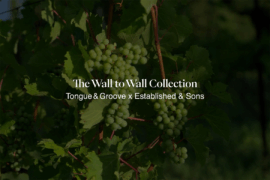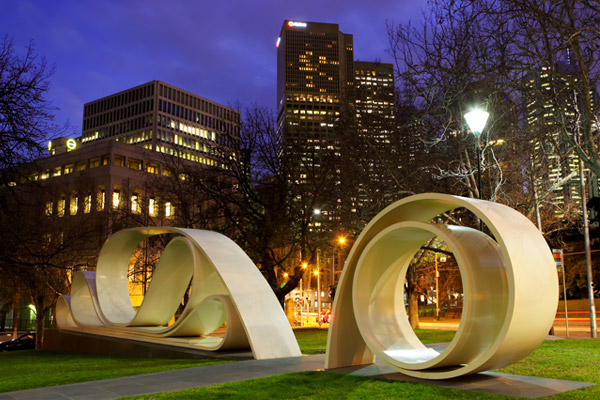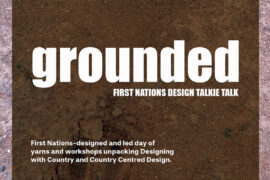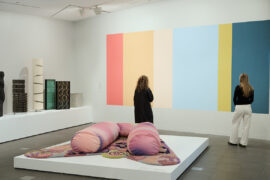Denis Steker, product manager at Orgatec, brings us the highlights and trends from the international office and facility trade fair in Cologne, and tells us how the way we work is likely to change.
March 13th, 2012
Soon, interactive office furniture may be something of a norm, predicts Denis Steker. All you would need perhaps is an RFID chip embedded in your mobile phone or employee card to change the height of the chair or table.
“We’ll be working more collaboratively in future,” Steker continues, “So the office furniture will take that into account, which means you have tables, for example, where you have connections with the iPhone and smartphone. I’m relatively sure that this electronic device compatibility with furniture will grow in future.”

Such concepts were first introduced at the biennial Orgatec fair back in 2008, says Steker, with some products and solutions making their debut in 2010. At the upcoming 2012 fair in October, he expects we’ll get to see even more of such presentations.


He goes on to describe the modern workplace: “It will be like a co-working space. You’ll have things like ‘hoteling’ and even in the companies themselves you’ll have lounges, bigger spaces with corners where you have different kinds of possibilities to work together or work on your own.

“It should all contribute to the wellbeing of the person and be ergonomic, but also [promote] work-life balance. You don’t really have the impression that you’re only hard at work just at your table. You’ll feel a little more free.”

The trends, Steker is quick to point out, will differ from region to region, and manufacturers are introducing furniture that are more flexible to fit both the demands of the European markets as well as other markets, such as Asia.


In an increasingly globalised world, however, he does see working styles converging and offices looking more and more similar, especially in the case of large international corporations with locations worldwide. But small adjustments, he stresses, will be implemented in respect to cultural differences.

In 2010, Orgatec received more than 60,000 trade visitors from 110 countries, with almost half coming from abroad. Exhibitors numbered at 600 from which 96 came from Asia, including countries such as Taiwan, China and Japan.

“Orgatec is not just a furniture fair for office furniture,” Steker stresses, pointing to their Competence Centres, which are essentially knowledge hubs where visitors can go to gather information on important themes such as lighting, acoustics and media technologies. “We’re really looking for solutions that change or make the entire [way you] work in the office much easier than in the past.”
Orgatec 2012
Date: 23 – 27 October
Venue: Cologne Exhibition Centre
For more information, go to orgatec.com
INDESIGN is on instagram
Follow @indesignlive
A searchable and comprehensive guide for specifying leading products and their suppliers
Keep up to date with the latest and greatest from our industry BFF's!

London-based design duo Raw Edges have joined forces with Established & Sons and Tongue & Groove to introduce Wall to Wall – a hand-stained, “living collection” that transforms parquet flooring into a canvas of colour, pattern, and possibility.

For Aidan Mawhinney, the secret ingredient to Living Edge’s success “comes down to people, product and place.” As the brand celebrates a significant 25-year milestone, it’s that commitment to authentic, sustainable design – and the people behind it all – that continues to anchor its legacy.

Welsh + Major recently won the design excellence competition for a major warehouse and distribution complex in St Peters, Sydney. The latest here.

Women In Design celebrates the contribution Melbourne women make to our
built environment.
The internet never sleeps! Here's the stuff you might have missed

Several design groups are coming together on 29th October, 2025 for ‘grounded,’ a day of talks and workshops on Country-centred design.

At the NGV’s Making Good: Redesigning the Everyday, design becomes a force for repair. From algae-based vinyl to mycelium earplugs, the exhibition proves that rethinking the ordinary can reshape our collective future.